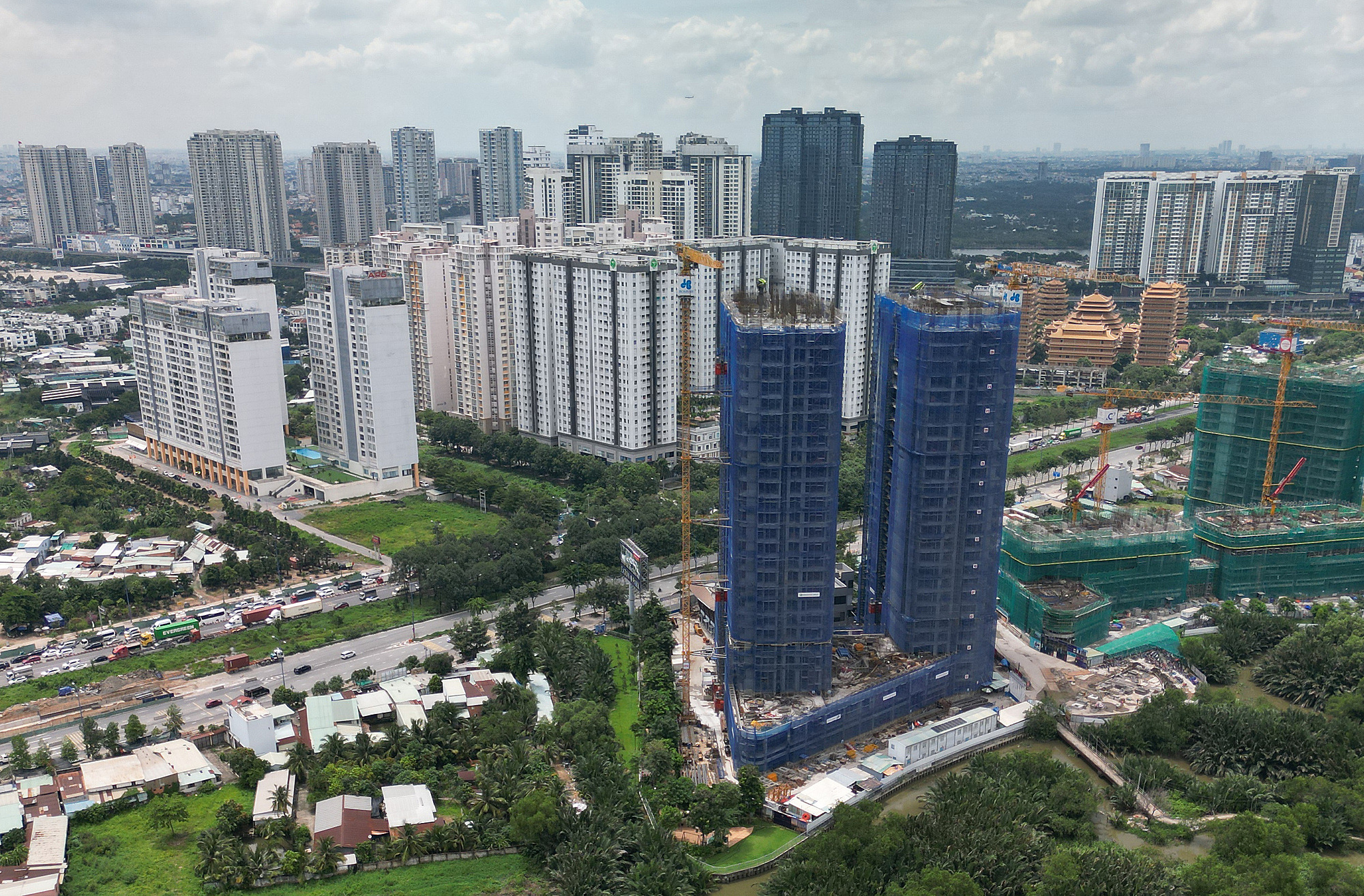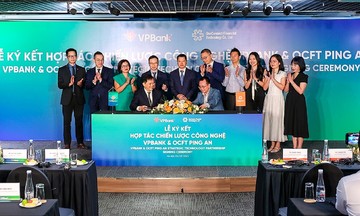In the latest draft of the Personal Income Tax Law (amended), currently under review by the Ministry of Justice, the Ministry of Finance has finalized its proposed taxation method for income from property transfers.
The personal income tax for residents with income from property transfers will be determined by multiplying the transfer price by a 2% tax rate. The income is determined when the transfer contract takes effect or when the property ownership is registered.
This calculation is the same as the current method. The Ministry of Finance has abandoned its July proposal of a 20% tax on the profit (difference between buying and selling prices). They also withdrew the proposal to calculate personal income tax based on the holding period.
 |
Eastern TP HCM real estate, 8/2025. Photo: Quynh Tran |
Eastern TP HCM real estate, 8/2025. Photo: Quynh Tran
Income from property transfers is a significant source of revenue for the personal income tax system. Since 2015, following amendments to the Personal Income Tax Law, the unified rate has been 2% of the property transfer price.
According to the Ministry of Finance, maintaining the current tax calculation ensures feasibility and aligns with current management practices. However, they will explore a roadmap to transition to taxing the profit (the difference between buying and selling prices).
"The Ministry will continue research and report to relevant authorities on regulating property transfer tax based on income and holding period when the population and land management databases are digitized and synchronized," the drafting agency stated.
Previously, many experts argued that while the current tax calculation is simple and easy to collect, it creates a significant loophole for underreporting sale prices. Sellers often declare a lower transfer price to reduce their tax burden, leading to lost revenue and a lack of transparency in the real estate market.
Therefore, they proposed a 20% tax on the seller's actual profit. In cases where there are insufficient invoices or documentation to calculate profit and loss, they suggested a fixed rate of 1-2% based on the price list set by the provincial or city People's Committee (UBND). This approach was considered more advantageous as it accurately reflects actual income.
However, implementing this requires a database of property transaction history to determine the original cost and documentation to verify expenses. Land-related policies need to be synchronized, and IT infrastructure for property registration and transfer must be ready.
Phuong Dung












